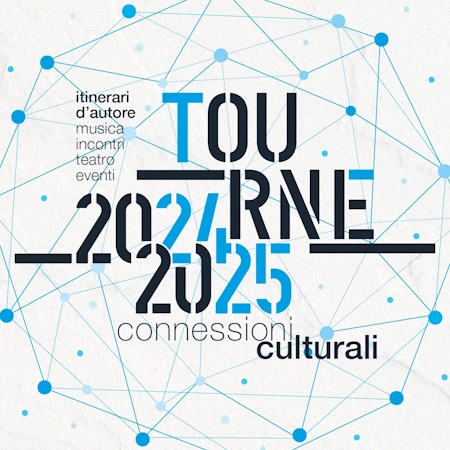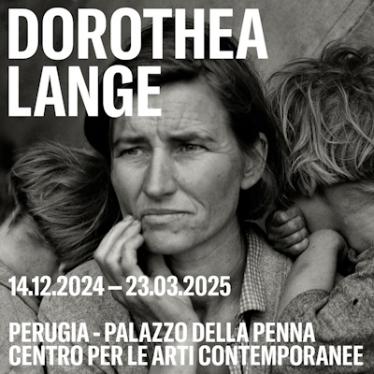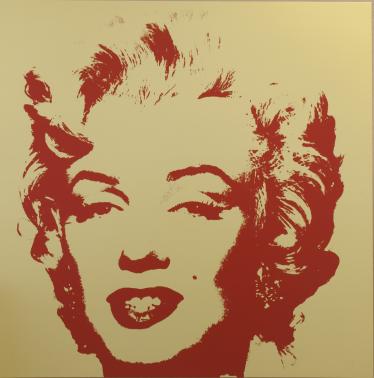HISTORY
Etruscan in origin, Perugia later became a flourishing Roman municipium called "Augusta Perusia". After the fall of the Empire, it suffered the barbarian invasions and was destroyed by Totila and the Goths (547 AD). It was then conquered by Byzantines, and became one of the strongholds of their dominion against the expansion of the Lombard Duchy of Spoleto. Perugia remained Byzantine until the 8th century, when it came under papal rule, and when it became an independent commune in 1000 AD it remained an ally of the papacy. The friendship with the Church of Rome deteriorated irremediably in the 14th century when Perugia destroyed Foligno, an ally of the Pope: from that time on, Perugia's history was an endless succession of civil struggles, conspiracies, betrayals and wars, until the Papal States under Pope Paul III took control once and for all. Perugia was deprived of every freedom and independence, and all attempts at overthrowing papal rule were punished with massacres and destruction. In 1860 Perugia was joined to the Kingdom of Italy.
ART AND CULTURE
Perugia has an immense heritage of art and culture, the fruit of its glorious past.
One finds monuments everywhere bearing witness to its many centuries of history, art and culture, from its squares to its tiniest alleys, starting with the Etruscan Arch, also known as the Arch of Augustus, a monumental gate in the ancient Etruscan city walls and later restored in Roman times, the Etruscan Well and Porta Marzia, the second monumental Etruscan gate, now incorporated in a rampart of the Rocca Paolina, a fortress erected by Pope Paul III in 1540.
Standing on Piazza IV Novembre, one of the most beautiful squares in Italy, is the Palazzo dei Priori. An elegant Gothic edifice, it is also the home of the National Gallery of Umbria, which holds some of the greatest masterpieces of Italian art from the Middle Ages to the 18th century, including works by Piero della Francesca, Benozzo Gozzoli, Beato Angelico, Pinturicchio, and Perugino. Also very fine are the Sala dei Notari, the Collegio del Cambio, the old seat of the money exchangers' guild, with the famous fresco cycle by Perugino and the San Giovanni Battista chapel with 16th-century frescoes, the Collegio della Mercanzia, the Cathedral of San Lorenzo and its annexed Chapter Museum, and the gorgeous Fontana Maggiore, a 13th-century fountain designed by Frà Bevignate of Perugia with bas-reliefs by Nicola and Giovanni Pisano.
Other interesting buildings are the Palazzo del Capitano del Popolo and the Palazzo della Vecchia Università, the old seat of the university and now used as the Perugia Courthouse, Palazzo Donini and Palazzo Cesaroni, respectively the seats of the Umbria Regional Cabinet and the Regional Council, the Palazzo della Provincia (1870) in the Lombard style, and Palazzo della Penna, an exhibition center with permanent collections and which also hosts temporary exhibits.
There is also the elegant theater, Teatro Morlacchi (1788), as well as Palazzo Antinori-Gallenga Stuart (1754), home of the University of Foreigners.
Perugia has many religious buildings worthy of note: the Basilica of San Pietro, with its splendid cloister, the Basilica of San Domenico, next door to the National Archeological Museum of Umbria and its extensive collection of Umbrian, Etruscan and Roman artifacts, the round Temple of Sant'Angelo, the San Francesco al Prato complex with the former church of San Francesco and the Oratory of San Bernardino, the Church of San Filippo Neri, the San Severo Chapel with a fresco, the Holy Trinity and Saints, painted in part by Raphael and in part by Perugino, the Church of Santa Maria Nuova with a wooden choir and organ built in 1584, the Church of Sant'Ercolano, and the Church of San Bevignate (13th century).
Other enjoyable visits in town are the Botanical Garden and the Medieval Garden, the latter at the Abbey of San Pietro; places of interest in the nearby area include the Volumni Hypogeum (2nd cent. BC) in Ponte San Giovanni and Perugino's tomb and frescoes by him in Fontignano.
Intermodality:
from 1 July 2022, Perugia Airlink is active (attached) in collaboration with Trenitalia. The new dedicated service connects the cities of Perugia and Assisi to the "San Francesco d'Assisi" International Airport of Umbria in a quick, convenient and sustainable way.




































